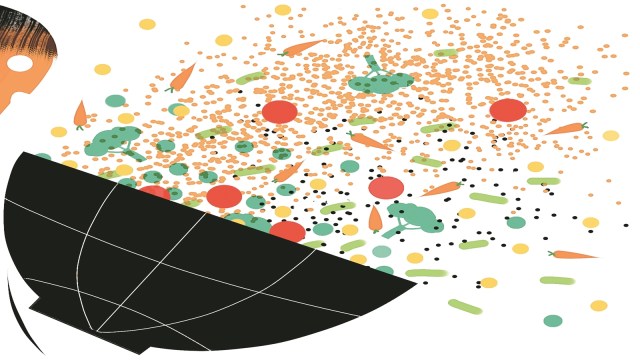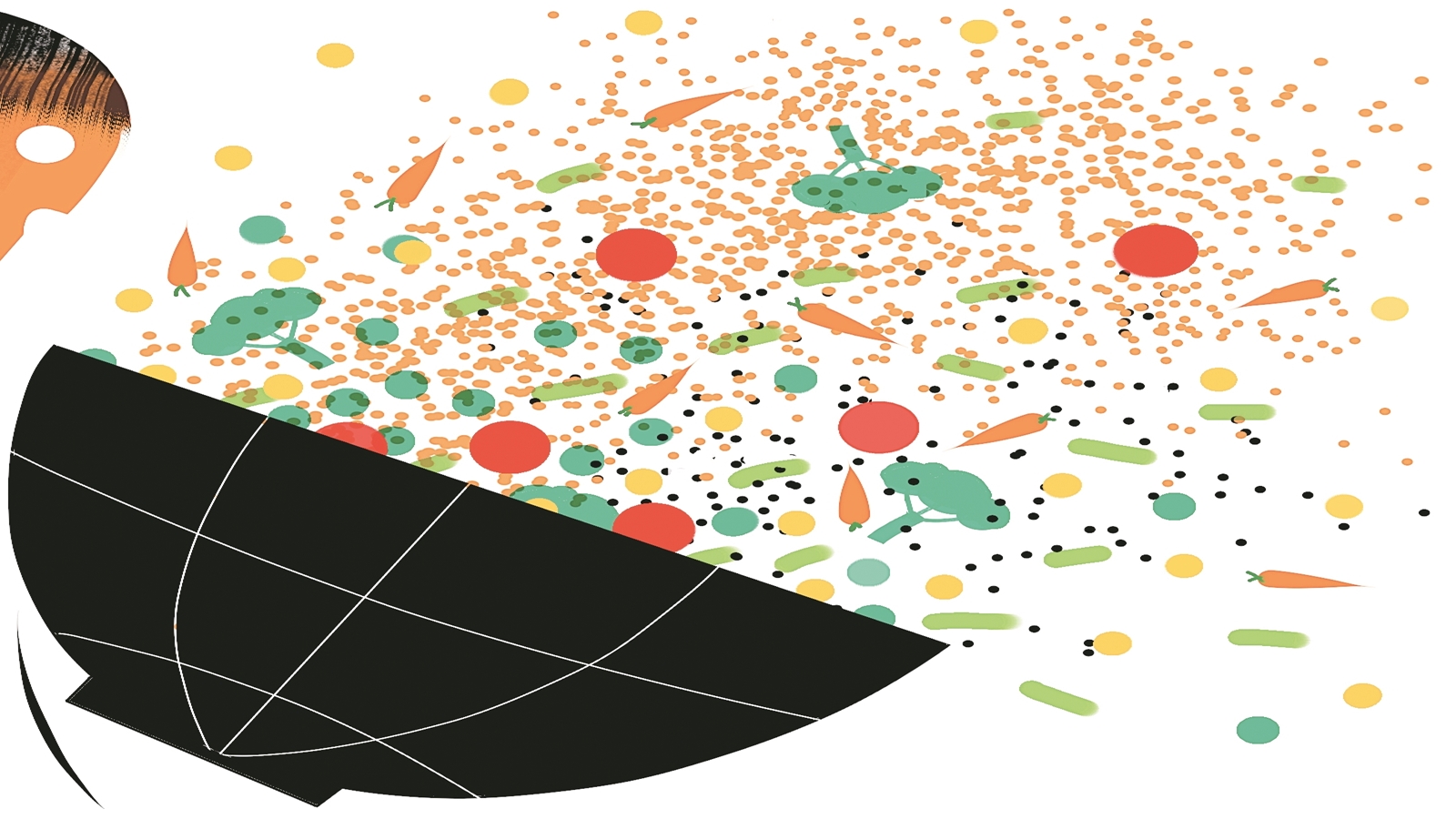
The United Nations has designated September 29 as the International Day of Awareness of Food Loss and Waste (FLW). Events to mark the day are jointly convened by the Food and Agriculture Organisation (FAO) and the United Nations Environment Programme (UNEP) because the issue has important implications for food security and saving our environment. An FAO, 2023 report estimates that food lost between harvest and retail amounts to 13.2 per cent of the global food production. Interestingly, UNEP estimates that 17 per cent of food is wasted between retail and feeding people. Together, the food loss and waste (FLW), amounts to about 30 per cent of the global production. Even if half of this food is saved and used, it could easily feed all the hungry people in the world. Such savings could also help reduce at least eight to 10 per cent of the world’s greenhouse gas (GHG) emissions and 38 per cent of total energy usage, making our planet breathe better. Both these dreams remain unfulfilled. Therefore, it is important to be aware of these potential benefits and commit ourselves to reducing FLW by at least 50 per cent, thus contributing to the Sustainable Development Goals (SDGs) of the United Nations.
Where does India stand in this global picture of FLW and how can the country help eliminate hunger and save the environment? The all-India post-harvest loss survey by NABCONS, 2022, reveals that the country suffers staggering food losses worth Rs 1.53 trillion ($18.5 billion) with a loss of 12.5 million metric tons (MMT) of cereals, 2.11 MMT of oilseeds and 1.37 MMT of pulses. Around 49.9 MMT of horticultural crops are lost annually due to poor cold chain infrastructure, reducing both the availability of fresh produce and the income potential for farmers. The NABCON survey does not estimate the wastage by the customer, but that too is likely to be significant given the waste at lavish weddings and other feasts.
While existing surveys primarily estimate quantitative losses, researchers at ICRIER-ADMI have tried to estimate quality losses, besides the quantity losses. A comprehensive survey of 1,200 farmers was conducted across Punjab, Bihar, and Madhya Pradesh for key crops such as paddy, wheat, soybean, and maize in 2022. The study revealed that at 15.34 per cent soybean has the highest post-harvest loss, followed by wheat at 7.87 per cent, paddy at 6.37 per cent, and maize at 5.95 per cent including quantity and quality losses. Such significant losses point to the urgent need for enhancing technological interventions across the value-chain to prevent food loss between harvest and retail. The study shows that food loss largely occurs during harvesting, threshing, drying and storage stages, predominantly due to low levels of mechanisation and inadequate logistics infrastructure.
Farmers who use combine harvesters, for instance, see a marked reduction in paddy losses compared to those relying on traditional manual methods. The study reveals that overall loss in paddy drops to just 2.84 per cent if mechanisation in harvesting and drying is adopted at the farm. According to the All-India Debt and Investment Survey (AIDIS) in 2019, only 4.4 per cent of cultivator households in India owned tractors, and a mere 5.3 per cent owned either power tillers, combine harvesters, or threshers. Small and marginal farmers, who constitute over 86 per cent of Indian agricultural households, often cannot afford to buy costly machines. For paddy, 97 per cent households use combine harvesters in Punjab, whereas in Bihar only 10 per cent paddy paddy-producing households use combine harvesters. To promote farm mechanisation, Farmer Producer Organisations (FPOs) and Custom Hiring Centres (CHCs) can play a crucial role through group leasing arrangements and the “uberisation” of farm machinery.
The availability of proper drying and storage infrastructure also plays an important role in reducing food losses. Traditional sun drying methods are fraught with risks, including the addition of foreign matters, uneven drying, and exposure to moisture, which can lead to mycotoxin contamination. Solar dryers and dehydrators offer a solution to reduce losses and extend the shelf-life for perishables. These green technologies are cost-effective for small-scale farmers, they are climate-friendly and need to be encouraged by appropriate policy formulation.
Furthermore, storage infrastructure remains inadequate in India. As per (IGSMRI, 2021), post-harvest losses account for approximately 10 per cent of total food grain production due to poor and inadequate storage infrastructure. Recently, the Government of India has launched a major grain storage plan. This initiative is part of a broader strategy aimed at modernising the agricultural system of India. The plan entails the expansion of storage capacity by 70 MMT over the next five years. If implemented properly, it holds the potential to reduce post-harvest losses at the storage level.
Mechanisation, enhanced storage, and efficient transportation systems are key areas where technology can make a difference. Yet, beyond technological solutions, policy support is critical to ensure that small and marginal farmers can access these technological changes. The Jute Packaging Material Act (JPMA, 1987) talks of using jute bags for packaging rice, and wheat grains. Even though jute is biodegradable, it is a water guzzler and a labour-intensive crop, and its use leads to frequent rodent attacks and pilferage in tropical climates. There is a need, therefore, to re-visit the JPMA for an expansion in the use of airtight bags which can lower storage and transit losses.
In a country where climate change and malnutrition still pose a major challenge, it would be only wise to focus on reducing FLW. Reducing post-harvest losses is not just a matter of improving economic efficiency, but also providing food security to people while building resilience in our food systems. Thus, save people and save the planet.
Gulati is Distinguished Professor and Das is a Research Fellow at ICRIER. Views are personal



